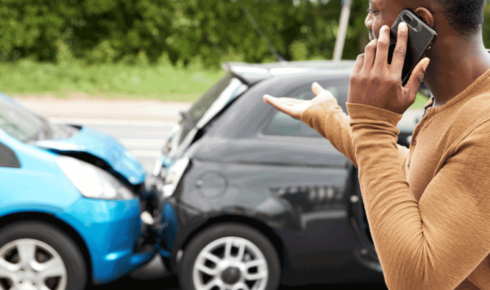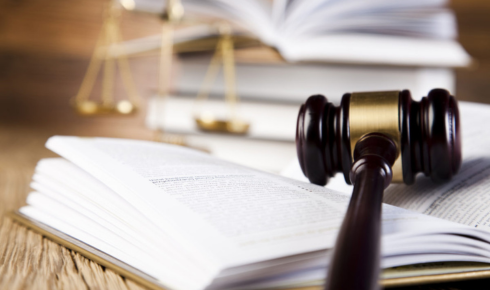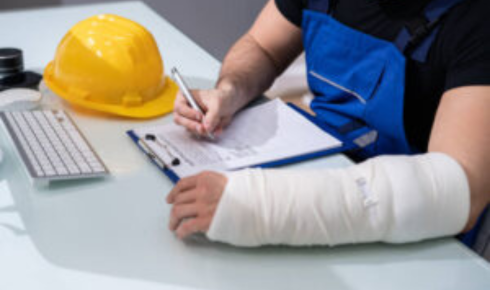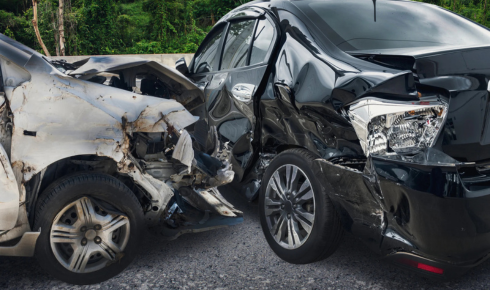Determining faults in a car accident is one of the most crucial factors in deciding who is responsible for damages. In Richmond and across Virginia, fault not only affects insurance claims but also determines whether an injured person can recover any compensation at all. Understanding how faults are established in Virginia’s legal system helps accident victims prepare for the claims process.
The Role of Police Reports
When an accident occurs in Richmond, law enforcement officers often respond and prepare an official accident report. This report may include statements from drivers, witness accounts, and the officer’s observations about road conditions and possible traffic violations. While not conclusive, these reports carry weight with insurance companies and courts.
Contributory Negligence in Virginia
Virginia’s contributory negligence law makes fault determination especially important. If you are found even slightly at fault for causing the crash, you cannot recover compensation from the other driver. This means insurers will look for any opportunity to assign blame to both parties. For example, if you were rear-ended but your brake lights were malfunctioning, the insurance company may argue you share some fault, potentially barring recovery.
Evidence Used to Prove Fault
Fault is determined based on the evidence available. Key factors include physical evidence from the scene, photographs of vehicle damage, skid marks, traffic signals, and available surveillance footage. Witness statements can also be persuasive. Medical records may show how the injury occurred and whether it aligns with the type of crash reported. In complex cases, accident reconstruction experts may be called to analyze the crash.
Traffic Laws and Fault
Violating Virginia traffic laws is a common way to establish fault. For example, if a driver ran a red light or was speeding, they are likely to be found negligent. Drivers who text while driving, fail to yield, or drive under the influence also increase their likelihood of being found at fault. Richmond courts and insurers rely heavily on whether drivers were following state traffic laws when assessing liability.
Insurance Adjusters and Fault
After an accident, insurance adjusters will investigate to determine who they believe is responsible. They may visit the scene, speak to witnesses, and review police reports. Their findings often dictate whether your claim is approved or denied. However, adjusters work for the insurance company, not for you. This means their goal is usually to minimize payouts, making it essential to challenge their findings if they are inaccurate.
The Role of Attorneys in Fault Determination
Because of Virginia’s strict rules, accident victims in Richmond often turn to a Richmond car crash attorney to help establish fault. Lawyers can subpoena traffic camera footage, hire reconstruction experts, and cross-examine witnesses to build a strong case. They can also counter arguments by insurers that attempt to assign fault to you unfairly. This will extend your car accident claim process.
Frequently Asked Questions
What happens if both drivers are partially at fault? Neither driver can recover damages under contributory negligence.
Can a fault be challenged? Yes, with strong evidence and legal representation, you can dispute fault findings.
Does the police report determine fault automatically? No, but it is an essential piece of evidence.
How does distracted driving affect fault? If proven, it almost always establishes negligence.
Why does Virginia’s system make fault so important? Because any percentage of fault on your part eliminates your right to compensation.
Conclusion
Determining fault in a Richmond auto accident is critical, and Virginia’s contributory negligence law makes it even more high-stakes. By gathering evidence, understanding traffic laws, and seeking legal guidance, accident victims can protect themselves from unfair blame and improve their chances of recovering damages.




